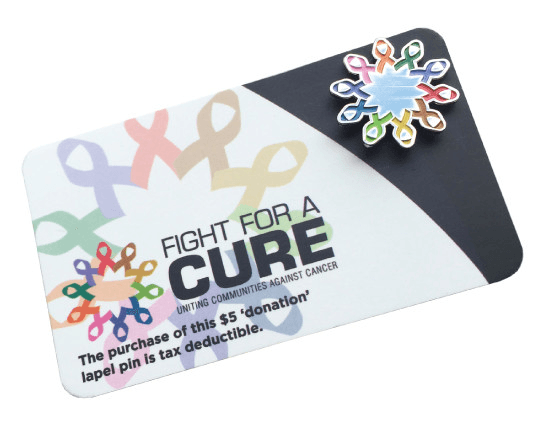The history of the Cufflink
Cufflinks are relatively recent in the fashion history. Until the beginning of the 17th century in Europe, cufflinks didn't exist. Elegant men retained their handles by ribbons or lace. Then some eccentrics started to use silver or gold buttons connected by a small chain to retain their handles: the cufflink had been born.
This eccentricity phenomenon allured, but it wasn't until the end of the 19th century that cufflinks became a running element of the male wardrobe. This time was necessary for the development of the industry which allowed its manufacture at a lower cost. In addition, the shirt was evolving and menswear in general. Male fashion was democratised and became more sober under the influence of some men like George Brummel, whose elegance and refinement marked its century.
At the end of 19th century, the middle-class and businessmen showed very traditional, elegant style. Dark costume was worn during the day, dinner jacket during the evening: only their cufflinks showed their personality. Manufacturers became very imaginative and principal modern mechanisms were invented at that time.
At the beginning of the 20th century, imaginative English creators including large jewellers like Cartier and Tiffany adored "Art nouveau". Strong artistic currents like "Art Déco", Cubism or Bauhaus influenced cufflinks creators which used opaline, enamels, crystal, pearl, precious stones...
In 1924, Mr Boyer, of the Boyer company, created a fastener system made up of a tilting stick over all his length between a double stem. This system remains the most used nowadays.
In the 1970s, shirts with built-in buttons replaced cufflinks. Fortunately, some elegant men fought to continue to carry cufflinks. The haute couture famous names, faithful to traditions, perpetuated this jewel's existence.
The cufflink has now become a fashion accessory more than a jewel. The younger generation has rediscovered this accessory, and a new generation of cufflinks has been born by designers such as Luciano Rossetti and Ben Sherman. The jewel has become an essential male accessory.
This eccentricity phenomenon allured, but it wasn't until the end of the 19th century that cufflinks became a running element of the male wardrobe. This time was necessary for the development of the industry which allowed its manufacture at a lower cost. In addition, the shirt was evolving and menswear in general. Male fashion was democratised and became more sober under the influence of some men like George Brummel, whose elegance and refinement marked its century.
At the end of 19th century, the middle-class and businessmen showed very traditional, elegant style. Dark costume was worn during the day, dinner jacket during the evening: only their cufflinks showed their personality. Manufacturers became very imaginative and principal modern mechanisms were invented at that time.
At the beginning of the 20th century, imaginative English creators including large jewellers like Cartier and Tiffany adored "Art nouveau". Strong artistic currents like "Art Déco", Cubism or Bauhaus influenced cufflinks creators which used opaline, enamels, crystal, pearl, precious stones...
In 1924, Mr Boyer, of the Boyer company, created a fastener system made up of a tilting stick over all his length between a double stem. This system remains the most used nowadays.
In the 1970s, shirts with built-in buttons replaced cufflinks. Fortunately, some elegant men fought to continue to carry cufflinks. The haute couture famous names, faithful to traditions, perpetuated this jewel's existence.
The cufflink has now become a fashion accessory more than a jewel. The younger generation has rediscovered this accessory, and a new generation of cufflinks has been born by designers such as Luciano Rossetti and Ben Sherman. The jewel has become an essential male accessory.



